Isabel Bannerman: Gardens fade in the heat of high-summer, but it's still possible to plant pockets of joy in shaded spaces
This is traditionally the time of powdery daisies caked in sun, but our writer craves a 'spritz' more likely found among shade-loving plants in damp-holding places.

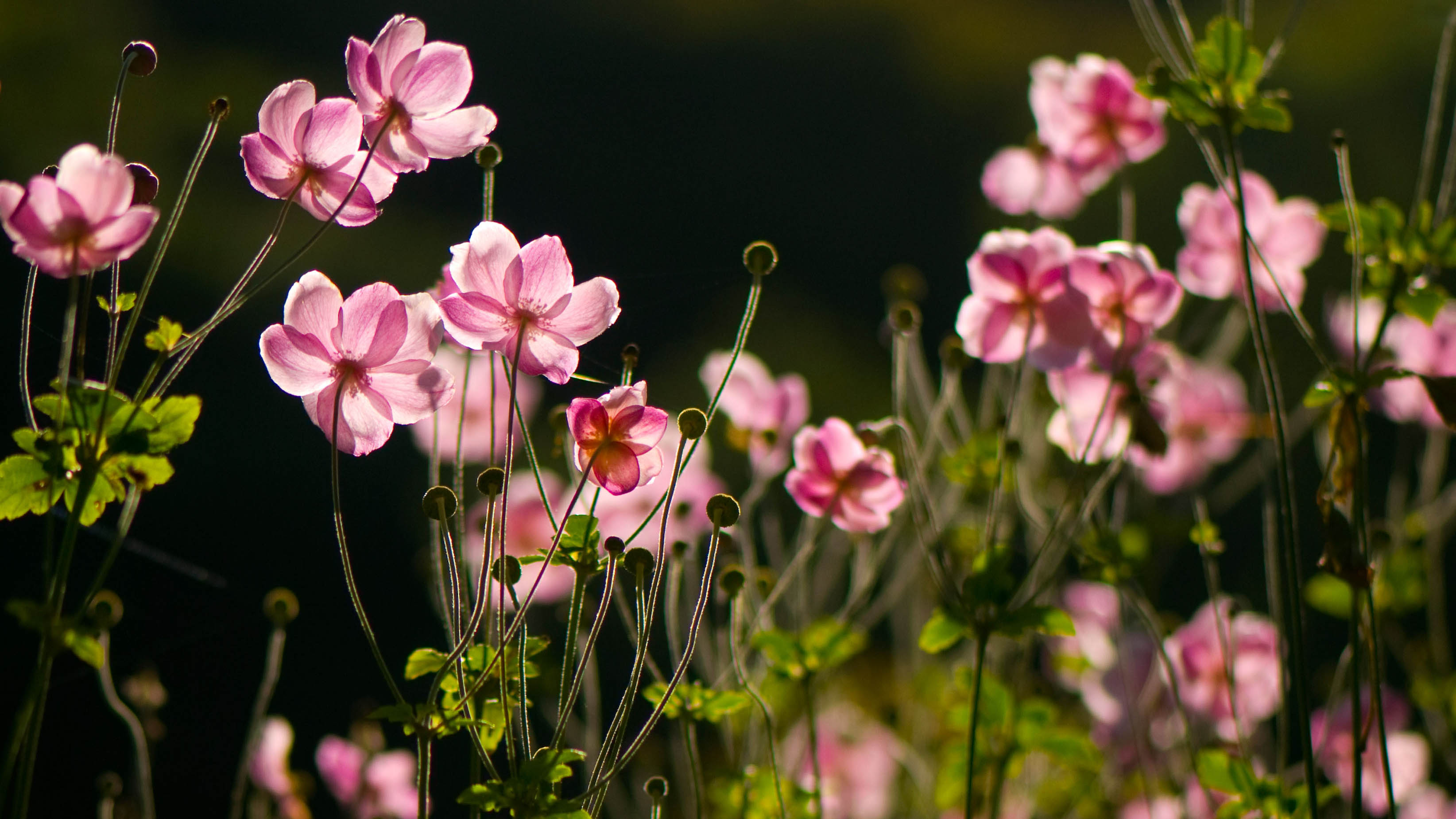
Summer came early this year, which means that the dog days will come sooner. Twilight signals respite, however, a dewy dropping away from the heat of the day, strengthening shadows with that peerless exotic quality seen in John Singer Sargent’s girls with lanterns and lilies Carnation, Lily, Lily, Rose. Somehow, he paints the warm cinnamon scent of carnations, Japanese lilies, golden-rayed and star-gazing Oriental lilies.
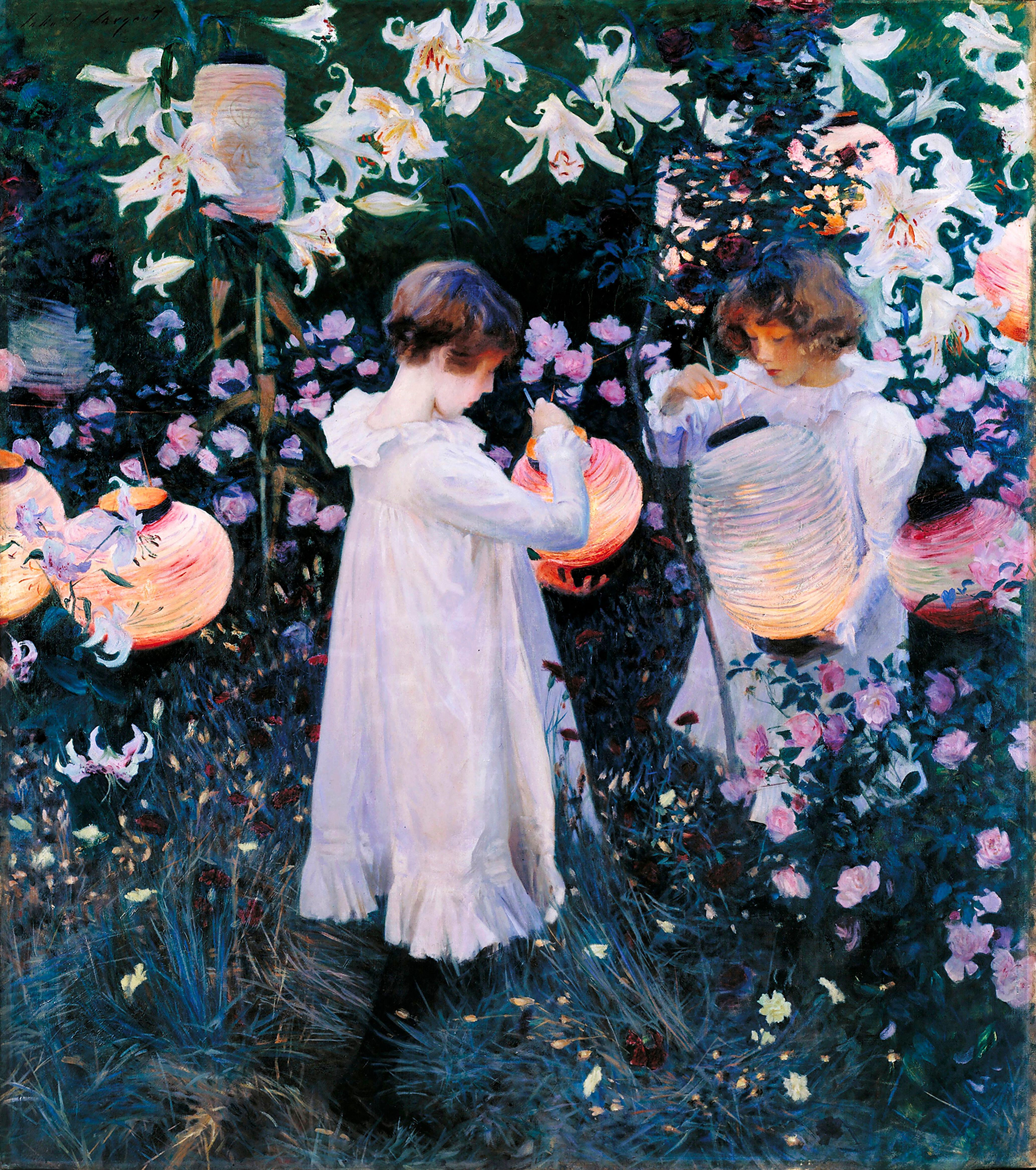
American John Singer Sargent’s 'Carnation, Lily, Lily, Rose' is set in an English garden at Farnham House in Broadway in the Cotswolds, where Sargent spent the summer of 1885.
There are still scrambling roses, the Rosa moschata autumnalis ‘Princess of Nassau’ and the chic white dishes of Rosa ‘Paul’s Perpetual White’ making a cooler garden in the gloaming — ghostly like Miss Wilmott’s sea holly — but the best things in the thickening dusk are scented.
This is traditionally the time of powdery daisies caked in sun; shasta, aster, rudbeckia, helenium and helianthus. Yet what I crave is a freshening up, a spritz more likely found among shade-lovers in damp-holding places, starched and crumpled violet and white. This is where the perennial pea twines with its pale snails of satin, elevating the whole with the plant equivalent of fireflies. I need fleece and feather boas — white and amethyst Astilbe arendsii, but it’s probably too late: the gauzy stuff is harder to find in high summer.
Phlox gather with the trumpets of wood tobacco, Nicotiana sylvestris, Nicotianas affinis and N. suaveolens (from Australia) peering out of the gloom shyly, perfuming the still night. Of Phlox paniculata, in their satin-scented softness, smelling of boudoirs, ‘David’ is my top choice, although ‘Mount Fuji’ and ‘Monica Lynden-Bell’ come close. These form the beating heart in the après-rose garden. One could add to these a late pale shrub rose, ‘Souvenir de la Malmaison’ or David Austin’s ‘Desdemona’, perhaps — but it is Thalictrum Splendide White that has proved key to leavening this heady assembly. Shamrock-shaped leaves stay low down and nebulas of tiny dancing pearl drops reach up, piercing the surrounding verbiage like crystal candelabra. I fell in love with phlox in Cornwall where it was wet and cool enough for them never to get mildewed. Here, in Somerset, where it rains markedly less, they need shade more than half the day and moisture aplenty in the soil — so lots of mulch and compost.
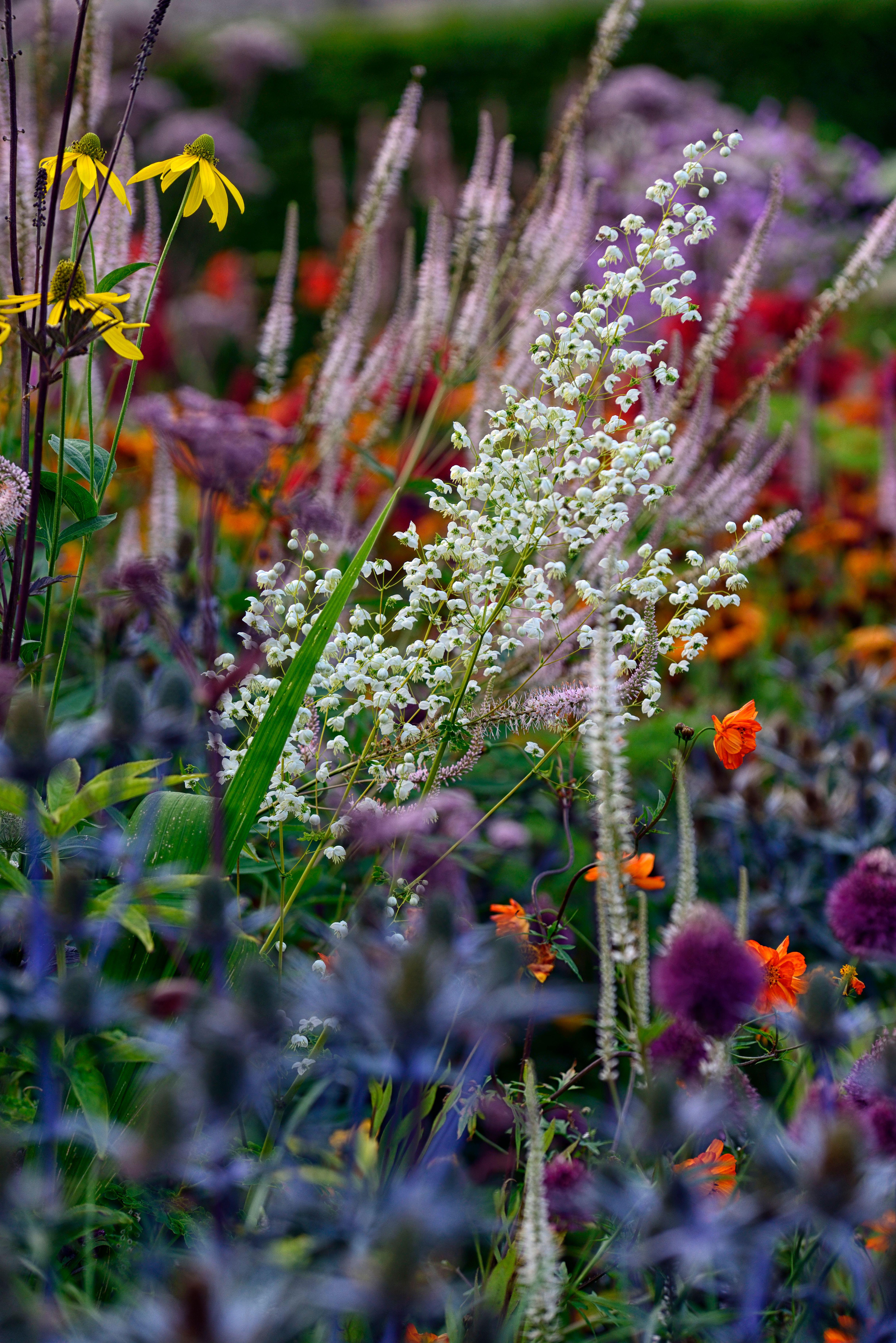
Thalictrum Splendide White thrives among other flowers.
The quest is for tall, wandy things, such as the spires of Veronicastrum virginicum ‘Album’, ’Erica’, or V. virginicum f. rosea, and, behind them, Actaea simplex ‘Pritchard’s Giant’, the bugbane, which I only clocked when going around John Massey’s garden (at Ashwood Nurseries in the west Midlands) in late summer, where it seemed to float in the air above our heads exuding an almondy, candied smell. Bugbane goes at the back with Cephalaria gigantea or in the middle ground, starred with the shorter Scabiosa columbaria subsp. ‘Ochroleuca’ — the ochre pincushions of which are no trouble to grow. I have seen them wild on the verges of Oxfordshire, together with chicory. I have a thing about chicory, Cichorium intybus, and sow thistle, Cicerbita plumieri — both something like a tall, blue dandelion. The hairless blue sow thistle was recommended by E. A. Bowles for sitting ‘tight as a broody hen’ before throwing up a spire of 7ft blue-lavender blooms — no staking required. It has been a protected species since the 1970s, but seed can be had from Plant World Seeds (as Lactuca plumieri).
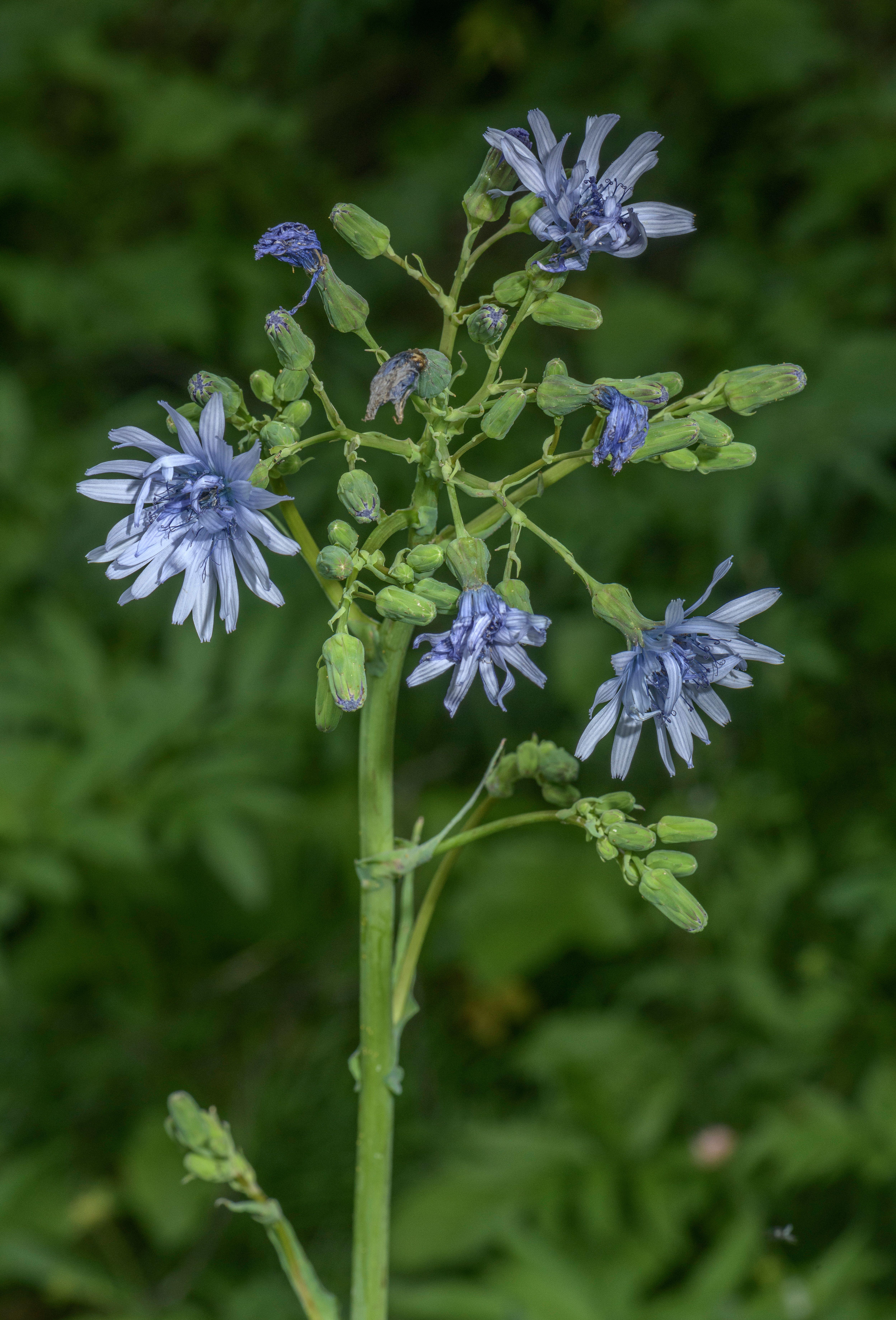
The hairless blue sow thistle is a protected species.
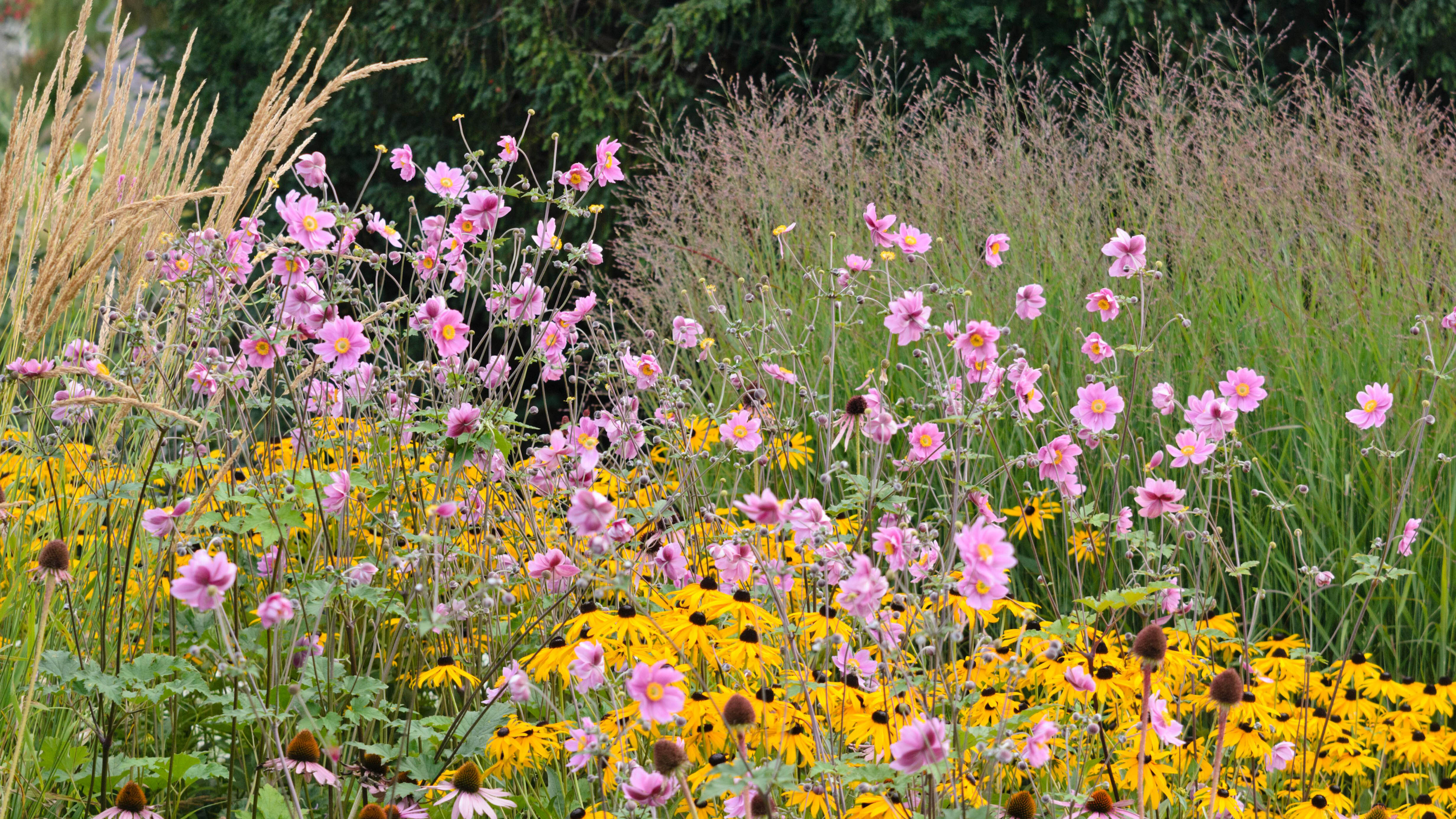
Japanese anemone, or Anemone japonica, is currently in flower and blessing us with its blush-pink hues — pictured here orange cone flower.
Bowles admitted to a great addiction to mallows, especially hollyhocks. I would say the singles please for, like him, we are less fond of ‘ear-wiggy doubles’. All the mallows perform now: Hibiscus, Lavatera and especially the x Alcalthaea suffrutescens ‘Parkallee’ in palest chamois. This is a perennial branching cross between alcea the hollyhock and althea the marshmallow — but supply is elusive. Poke in among them Gladiolus murielae (treat it as an annual), orchidaceous in look and smell, and, possibly, spidery Cleome spinosa of any hue, although their sweaty guava cannabis smell verges on the stinky.
Umbels such as Selinum wallichianum, Himalayan cow parsley, like these conditions. Once asked ‘why do we need Himalayan cow parsley?’ by a querulous visitor, I was dumbfounded. The answer was obvious — because it flowers two months later… in July. Wild-looking Clematis rehderiana can scramble through anything, with waxy reflexed blooms of a primrose colour, but cowslip scented. Clematis viticella ‘Caerulea Luxurians’ (also called ‘Luxuriant Blue’) has the ink-stained quality of the spires of violet veronicastrum. There is a mutable lavender blue, found also in the petal backs of the new ‘Swan’ series of boring, but useful old Anemone japonica — flowering now. I see clouds of lavender blue, fireflies, too, the evening star and a glass or two; and I think to myself…
Exquisite houses, the beauty of Nature, and how to get the most from your life, straight to your inbox.
This feature originally appeared in the July 30, 2025, issue of Country Life. Click here for more information on how to subscribe
Isabel Bannerman is, along with her husband Julian, one of Britain's most renowned garden designers, with over 40 years of experience. The couple were granted the Royal Warrant of His Majesty King Charles III in 2024. Isabel's latest book, A Wilderness of Sweets: Making Gardens with Scented Plants, was published by Pimpernel Press earlier this year. You can see more of Isabel and Julian's work at bannermandesign.com.
